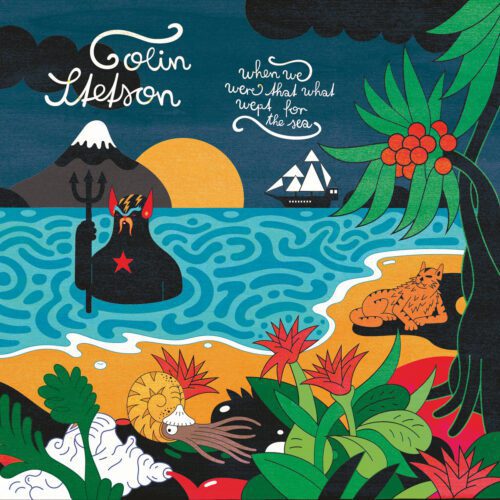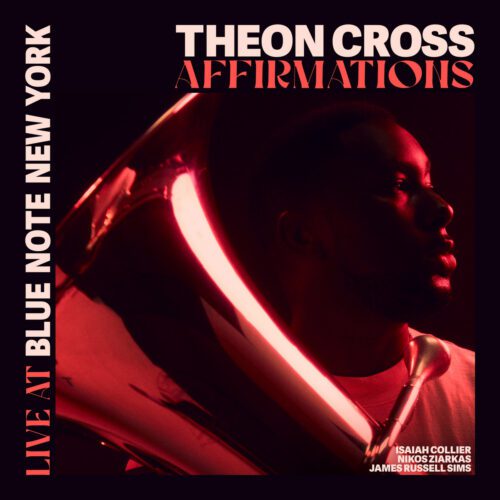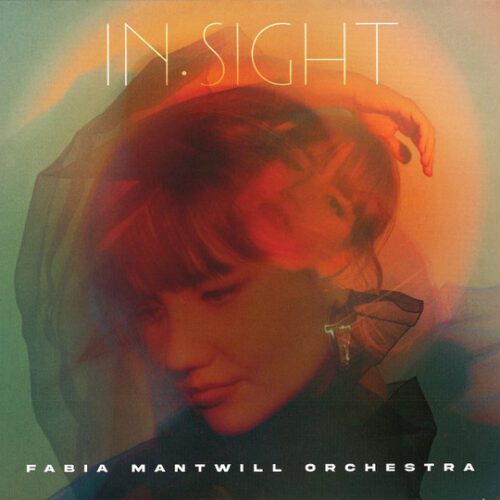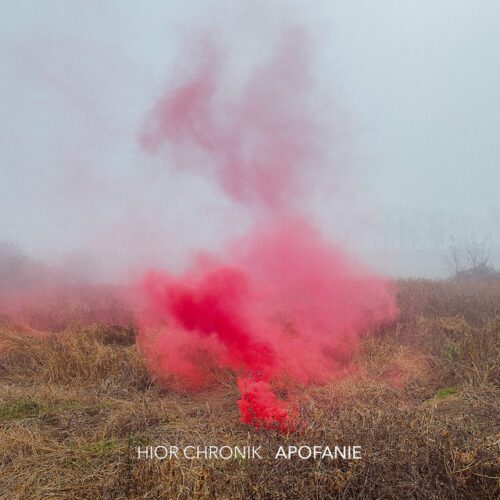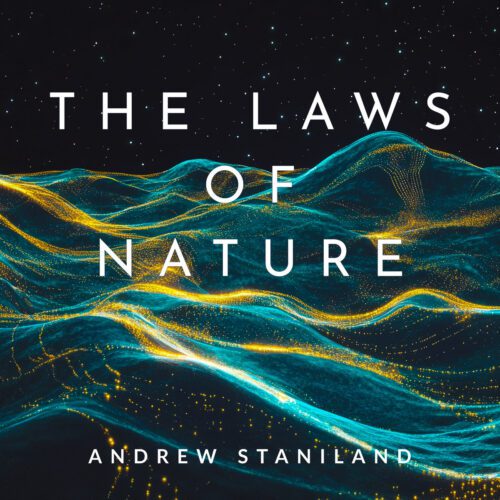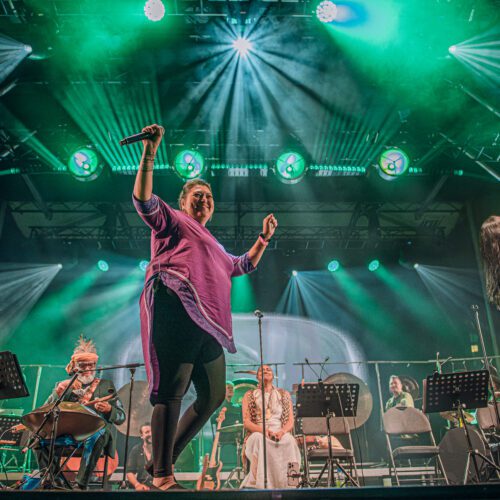Obviously, saxophonist Colin Stetson isn’t out of breath. In fact, you can hear it throughout his latest album, his first long-player in six years. Whether used deliberately to create rhythm or out of sheer biological necessity, breathing is omnipresent, constantly reminding us of the human element at the core of these hypnotic melodies. Both refreshing and strangely nostalgic, When We Were That What Wept for the Sea brings together compositions captured on the spot, with few additional overdubs.
It features Colin Stetson’s signature playing of arpeggiated melodic loops played at high speed and drenched in reverb. Focusing on variations rather than structural development, Stetson’s writing style is in keeping with the legacy of minimalism. Although the melodic cells are built on a small reservoir of notes, echoes of major and minor scales are heard, providing a glimpse of hope through the introspective melancholy that runs through the album. At other times, the tempo slows down and gives way to Stetson’s sung voice, filtered through the reeds of his instruments. By singing into his saxophone, he manages to create multiphonic textures whose complex result is matched only by the simplicity of the vocal melody at its source.
The album also surprises on several occasions, most notably on “The Lighthouse” II and III. The first of these two tracks is structured around a bagpipe performance, a kind of minimalist Scottish drone, while the second is a vocal and piano ballad. Moving through varying levels of intensity, the album takes Stetson’s best moves and sprinkles them with new ideas, fully justifying an hour-long listen.
